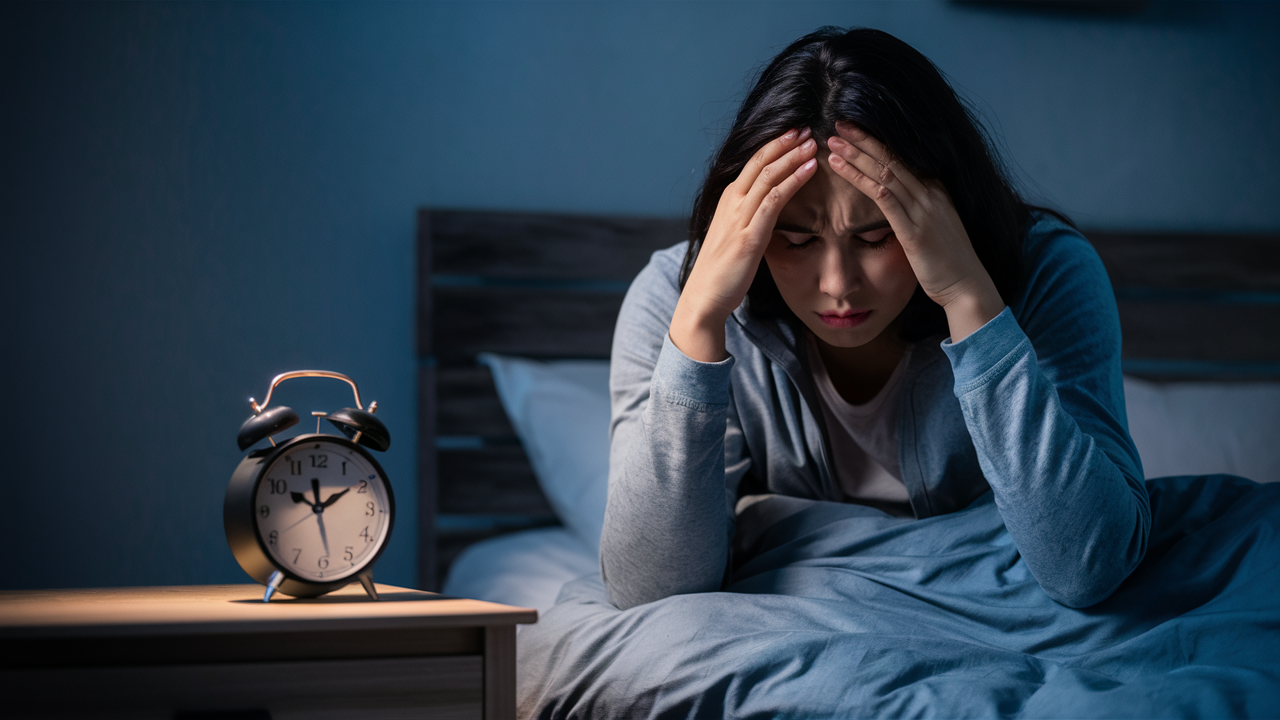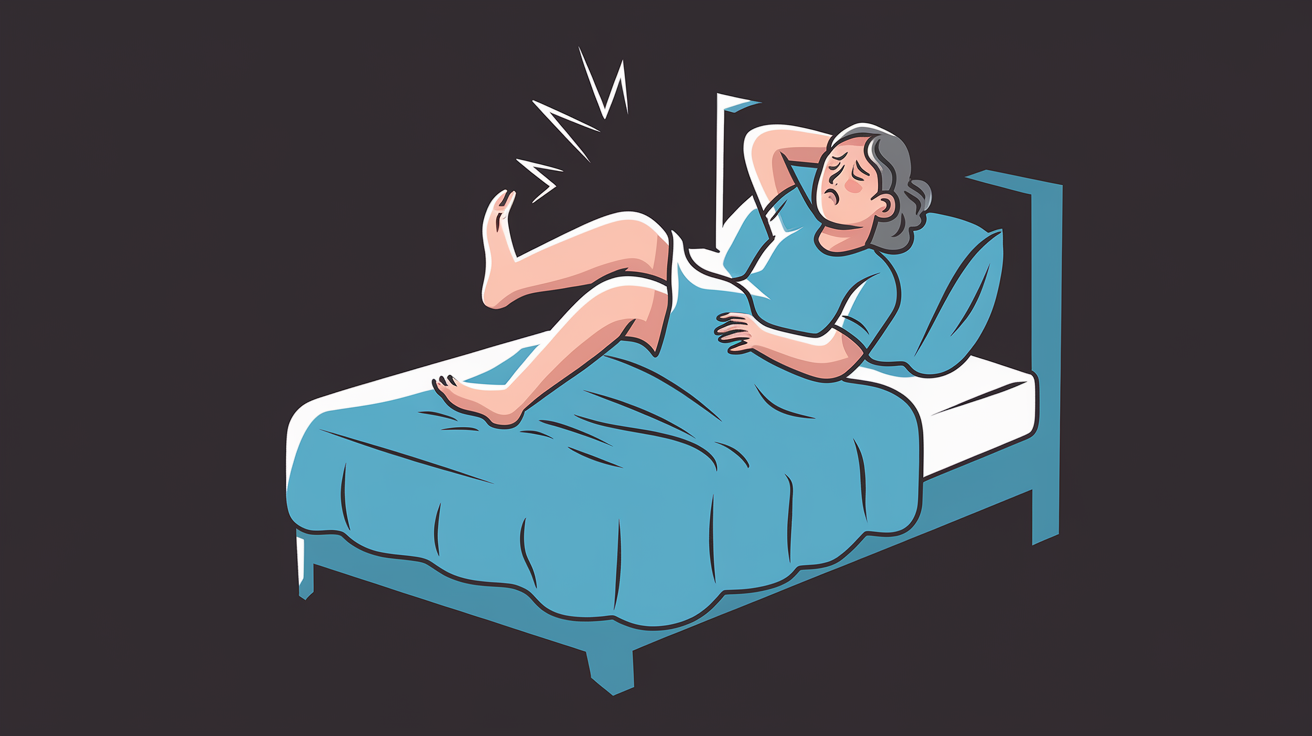Addressing Common Sleep Problems
Understanding common sleep problems is essential for achieving restful and uninterrupted sleep. Conditions such as insomnia, sleep apnea, restless leg syndrome, and jet lag can significantly impact your rest and overall health.

Insomnia: The Most Common Sleep Problem
Struggling to fall asleep or stay asleep can leave you exhausted. Managing stress, adjusting sleep habits, and creating a calming nighttime routine can help improve sleep quality.

Understanding Sleep Apnea and Its Impact on Rest
Frequent pauses in breathing during sleep can cause fatigue and health risks. Identifying symptoms and using the right treatments can help restore deep, uninterrupted sleep.
Understanding Sleep Apnea and Its Impact on Rest
Frequent pauses in breathing during sleep can cause fatigue and health risks. Identifying symptoms and using the right treatments can help restore deep, uninterrupted sleep.


Managing Restless Leg Syndrome (RLS) for Better Sleep
Uncomfortable leg sensations can make it hard to fall asleep. Gentle stretching, relaxation techniques, and lifestyle changes can help ease discomfort and improve sleep.

Overcoming Jet Lag and Irregular Sleep Cycles
Frequent travel and shift work can throw off your body’s natural rhythm. Adjusting sleep schedules and using light exposure techniques can help reset your internal clock.
Overcoming Jet Lag and Irregular Sleep Cycles
Frequent travel and shift work can throw off your body’s natural rhythm. Adjusting sleep schedules and using light exposure techniques can help reset your internal clock.

